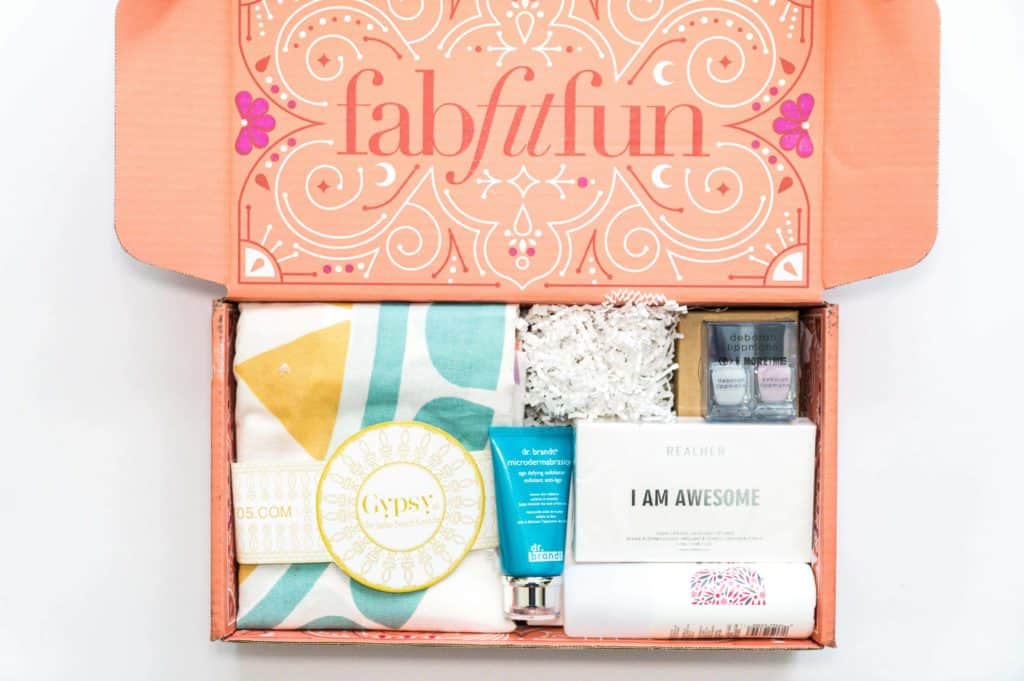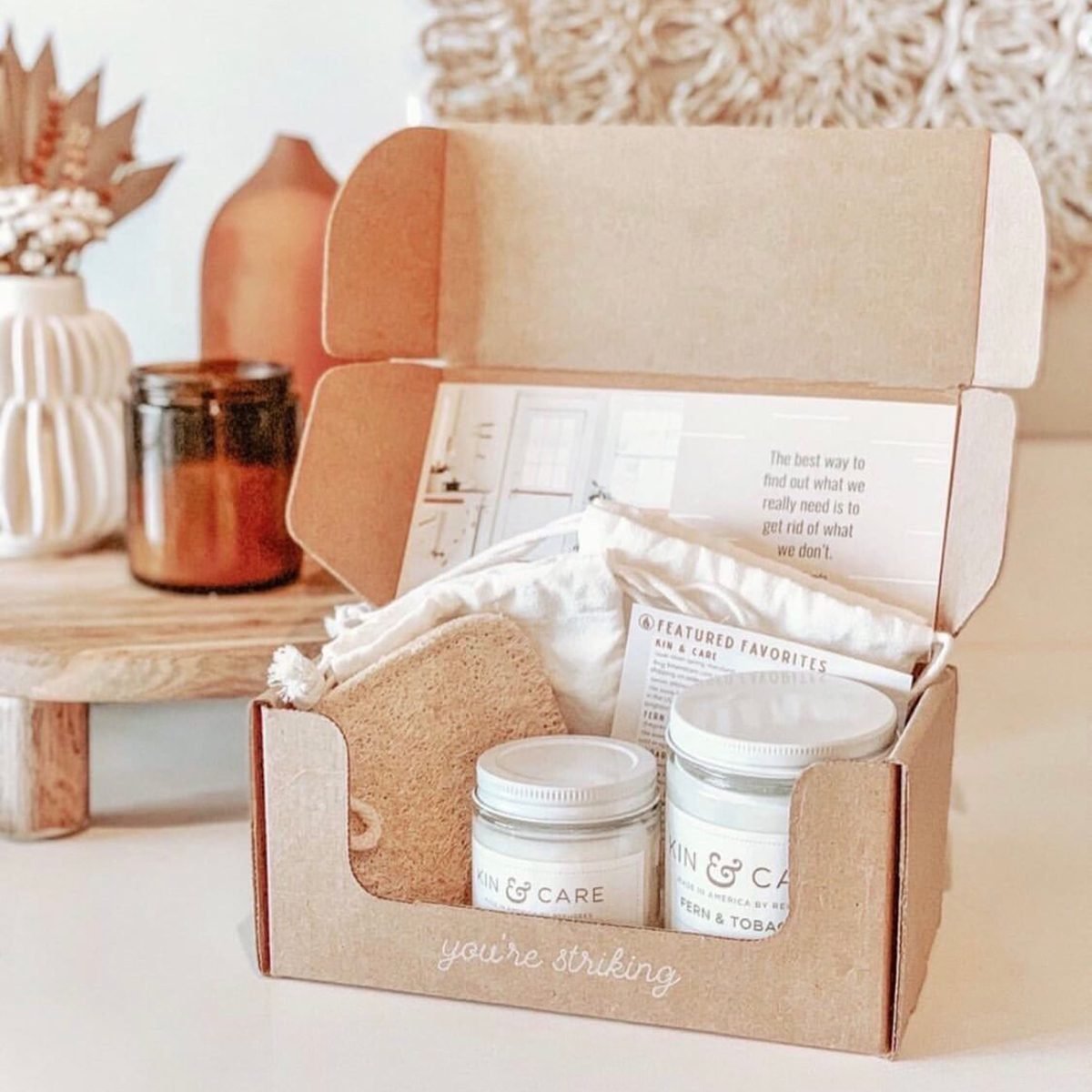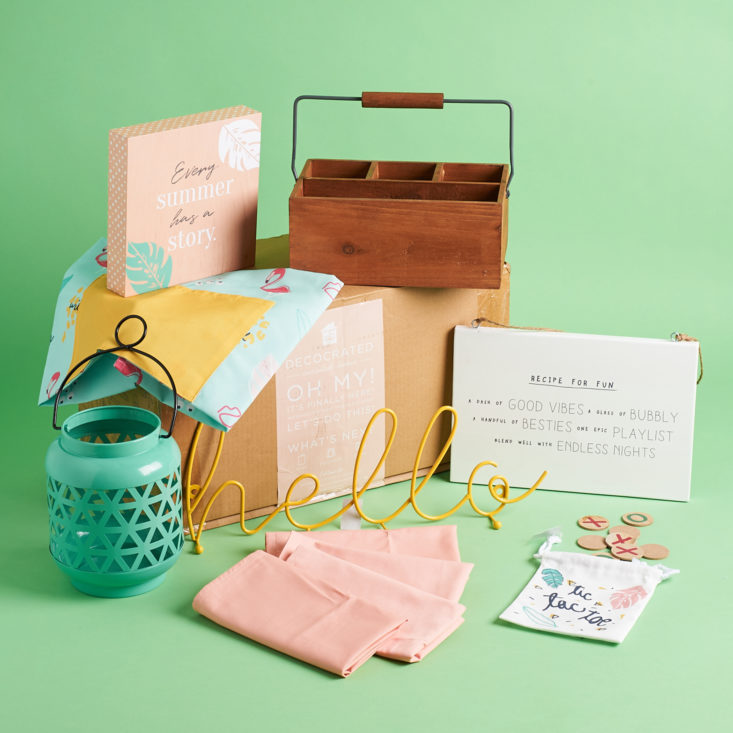Home goods subscription boxes are a popular way to discover new home décor and accessories, and they’re also a great way to save money. With so many different boxes to choose from, there’s sure to be one that fits your style and budget. In this article, we’ll take a closer look at home goods subscription boxes, including the different types of boxes available, the pros and cons of subscribing, and how to choose the right box for you.
Home goods subscription boxes are a great way to get new home décor and accessories without having to go to the store. They’re also a great way to save money, as many boxes offer discounts on the items they include. Plus, they’re a fun way to discover new products and trends.
Market Overview
The home goods subscription box market has experienced remarkable growth in recent years, driven by evolving consumer preferences and the convenience of tailored shopping experiences. According to a study by Grand View Research, the global home goods subscription box market size was valued at USD 18.3 billion in 2021 and is projected to reach USD 45.2 billion by 2028, exhibiting a CAGR of 12.7% during the forecast period.
The surge in popularity of home goods subscription boxes can be attributed to several factors, including the rise of online shopping, the growing demand for personalized products, and the increasing awareness of sustainable living. Consumers are increasingly seeking convenient and curated shopping experiences that cater to their specific needs and tastes.
Key Market Players
The home goods subscription box market is highly competitive, with several established players and emerging startups vying for market share. Some of the key players in the industry include:
- Birchbox
- FabFitFun
- Ipsy
- HelloFresh
- Blue Apron
These companies have adopted various competitive strategies to differentiate themselves in the market, such as offering specialized boxes tailored to specific niches, partnering with exclusive brands, and providing personalized recommendations based on customer preferences.
Industry Trends
The home goods subscription box market is constantly evolving, with new trends emerging to meet the changing demands of consumers. Some of the key trends shaping the industry include:
- Increased Focus on Sustainability: Consumers are increasingly seeking eco-friendly and sustainable products, leading to a rise in subscription boxes that offer ethically sourced and environmentally conscious items.
- Personalized Experiences: Subscription boxes are becoming more personalized, with companies leveraging data and technology to tailor boxes to individual customer preferences. This includes offering curated boxes based on lifestyle, interests, and past purchases.
- Expansion into New Categories: The home goods subscription box market is expanding beyond traditional home décor and kitchenware to include categories such as pet supplies, office essentials, and beauty products.
- Growth of Niche Boxes: There has been a proliferation of niche subscription boxes that cater to specific interests, such as cooking, gardening, and travel. These boxes offer a unique and targeted shopping experience for consumers.
Target Audience

Home goods subscription boxes cater to a specific demographic with distinct preferences and aspirations. Understanding their characteristics, motivations, and pain points is crucial for tailoring products and marketing strategies.
The target audience for home goods subscription boxes encompasses individuals who prioritize home decor, comfort, and convenience. They are typically homeowners or renters seeking to enhance their living spaces with curated and stylish items.
Demographics
- Age: Typically between 25 and 55 years old
- Gender: Predominantly female, but male subscribers are growing
- Income: Middle to high income earners
- Education: College graduates or higher
- Location: Urban and suburban areas
Psychographics
- Values: Aesthetics, quality, convenience
- Lifestyle: Home-centric, value experiences over material possessions
- Interests: Home decor, interior design, lifestyle
- Personality: Open to new ideas, trend-conscious, appreciate personalization
Motivations
- Discover new and unique home goods
- Enhance their living spaces with stylish and functional items
- Save time and effort on home decor shopping
- Receive personalized recommendations based on their preferences
Pain Points, Home goods subscription box
- Difficulty finding unique and high-quality home goods
- Time-consuming and overwhelming shopping experience
- Concerns about product quality and suitability
- Lack of inspiration for home decor
Box Content and Customization

Home goods subscription boxes typically feature a curated selection of items designed to enhance the home environment. These boxes often include a mix of decorative pieces, functional items, and consumables, such as candles, diffusers, kitchenware, and bath products.
The variety and quality of products offered in home goods subscription boxes vary depending on the specific box and its target audience. Some boxes focus on high-end, luxury items, while others offer more affordable, everyday essentials. Many boxes also offer a range of customization options, allowing subscribers to tailor the contents of their boxes to their individual preferences.
Customization Options
Common customization options for home goods subscription boxes include:
- Style preferences: Subscribers can often choose from a range of styles, such as modern, farmhouse, or bohemian.
- Room preferences: Some boxes allow subscribers to specify which rooms they would like to receive items for, such as the living room, bedroom, or kitchen.
- Product categories: Subscribers can often choose which categories of products they would like to receive, such as home décor, kitchenware, or bath products.
- Frequency: Subscribers can typically choose how often they would like to receive their boxes, such as monthly, quarterly, or annually.
By offering customization options, home goods subscription boxes can cater to the unique needs and preferences of their subscribers, ensuring that they receive products that they will love and use.
Subscription Models and Pricing

Home goods subscription boxes offer various subscription models and pricing strategies to cater to diverse customer needs and budgets.
One common model is the fixed-price subscription, where customers pay a set amount each month or quarter to receive a curated box of items. This model provides predictability and convenience, allowing subscribers to budget accordingly.
Tiered Pricing
Some providers offer tiered pricing options, allowing customers to choose from different box sizes or subscription frequencies. For instance, a box with more items or a shorter delivery interval may come at a higher price point.
Flexible Subscriptions
To accommodate changing preferences and budgets, some boxes offer flexible subscriptions. Customers can pause, skip, or cancel their subscription at any time, providing them with greater control over their spending.
Value Proposition
The value proposition of home goods subscription boxes lies in the convenience, discovery, and cost-effectiveness they offer. Subscribers receive a curated selection of products delivered directly to their doorstep, saving them time and effort in searching for and purchasing items individually.
Cost-Benefit Ratio
The cost-benefit ratio for subscribers depends on several factors, including the perceived value of the items received, the frequency of delivery, and the overall cost of the subscription. Subscribers should consider their individual needs and preferences when evaluating the value they receive.
Marketing and Distribution Channels
Home goods subscription boxes rely on various marketing channels to reach their target audience and drive sales. These channels play a crucial role in building brand awareness, generating leads, and converting prospects into loyal customers.
The effectiveness of different marketing channels varies depending on factors such as the target audience, product category, and overall marketing strategy. Let’s explore some of the key channels used by home goods subscription boxes and analyze their impact.
Online Advertising
Online advertising is a powerful tool for reaching potential customers who are actively searching for home goods or related products. Platforms like Google Ads and Facebook Ads allow businesses to target specific demographics, interests, and behaviors, ensuring their ads are seen by the most relevant audience.
Online advertising offers several advantages, including:
- Precise targeting options
- Measurable results through analytics
- Cost-effective compared to traditional advertising methods
Customer Experience and Feedback
In the home goods subscription box industry, customer experience reigns supreme. A seamless and satisfying experience fosters loyalty and drives repeat subscriptions. Acquiring and retaining subscribers requires a multi-pronged approach:
Subscriber Acquisition Strategies
- Utilize targeted social media advertising to reach potential customers with tailored messaging.
- Implement referral programs to incentivize existing subscribers to spread the word.
- Collaborate with influencers to showcase products and generate buzz.
Subscriber Retention Strategies
- Provide exceptional customer service with prompt and personalized responses.
- Offer exclusive promotions and discounts to reward loyalty.
- Curate high-quality boxes that consistently meet subscriber expectations.
Analyzing customer feedback is crucial for identifying areas of improvement. Regular surveys, social media monitoring, and email feedback loops provide valuable insights into subscriber preferences, pain points, and suggestions. By actively listening to feedback and implementing meaningful changes, subscription box companies can enhance customer satisfaction and drive growth.
Innovation and Future Trends
The home goods subscription box market is constantly evolving, with new trends and innovations emerging all the time. One of the most significant trends is the use of technology to enhance the customer experience. This includes the use of artificial intelligence (AI) to personalize product recommendations, virtual reality (VR) to allow customers to preview products in their own homes, and augmented reality (AR) to provide interactive product demonstrations.
Another major trend is the growing focus on sustainability. Customers are increasingly looking for products that are made from eco-friendly materials and that are produced in a sustainable way. This has led to a rise in the popularity of subscription boxes that offer products that are made from recycled materials, that are biodegradable, or that are produced using renewable energy sources.
The future of the home goods subscription box market is bright. The market is expected to continue to grow in the coming years, as more and more consumers discover the convenience and value of subscription boxes. Subscription boxes are also becoming increasingly popular as a way to discover new products and trends. As the market continues to evolve, we can expect to see even more innovation and disruption in the years to come.
Technology
Technology is playing an increasingly important role in the home goods subscription box market. This includes the use of AI to personalize product recommendations, VR to allow customers to preview products in their own homes, and AR to provide interactive product demonstrations.
- AI: AI can be used to track customer preferences and recommend products that are tailored to their individual needs. This can help to improve customer satisfaction and retention.
- VR: VR can be used to allow customers to preview products in their own homes before they buy them. This can help to reduce returns and increase customer satisfaction.
- AR: AR can be used to provide interactive product demonstrations. This can help customers to learn more about products and make informed purchasing decisions.
Personalization
Personalization is another key trend in the home goods subscription box market. Customers are increasingly looking for products that are tailored to their individual needs and preferences. This includes products that are made from the right materials, that are the right size, and that are the right style.
- Product customization: Some subscription boxes allow customers to customize their boxes by selecting the products that they want to receive. This can help to ensure that customers receive products that they will actually use and enjoy.
- Personalized recommendations: AI can be used to track customer preferences and recommend products that are tailored to their individual needs. This can help to improve customer satisfaction and retention.
Sustainability
Sustainability is a growing concern for consumers, and this is reflected in the home goods subscription box market. Customers are increasingly looking for products that are made from eco-friendly materials and that are produced in a sustainable way.
- Eco-friendly materials: Some subscription boxes offer products that are made from recycled materials, that are biodegradable, or that are produced using renewable energy sources. This can help to reduce the environmental impact of the subscription box industry.
- Sustainable production: Some subscription boxes partner with manufacturers that use sustainable production practices. This can help to reduce the environmental impact of the subscription box industry.
Epilogue
If you’re looking for a new way to shop for your home, a home goods subscription box is a great option. With so many different boxes to choose from, you’re sure to find one that fits your style and budget. So what are you waiting for? Sign up for a box today and start enjoying the convenience and savings!
Helpful Answers: Home Goods Subscription Box
What are the different types of home goods subscription boxes?
There are many different types of home goods subscription boxes available, each with its own unique focus. Some boxes specialize in a particular style of décor, such as modern, farmhouse, or coastal. Others focus on a particular type of product, such as candles, kitchenware, or bath and body products.
How much do home goods subscription boxes cost?
The cost of home goods subscription boxes varies depending on the type of box and the frequency of delivery. Most boxes cost between $20 and $50 per month, but some boxes can cost more or less.
Are home goods subscription boxes worth it?
Whether or not a home goods subscription box is worth it depends on your individual needs and preferences. If you’re looking for a convenient and affordable way to get new home décor and accessories, then a subscription box may be a good option for you.